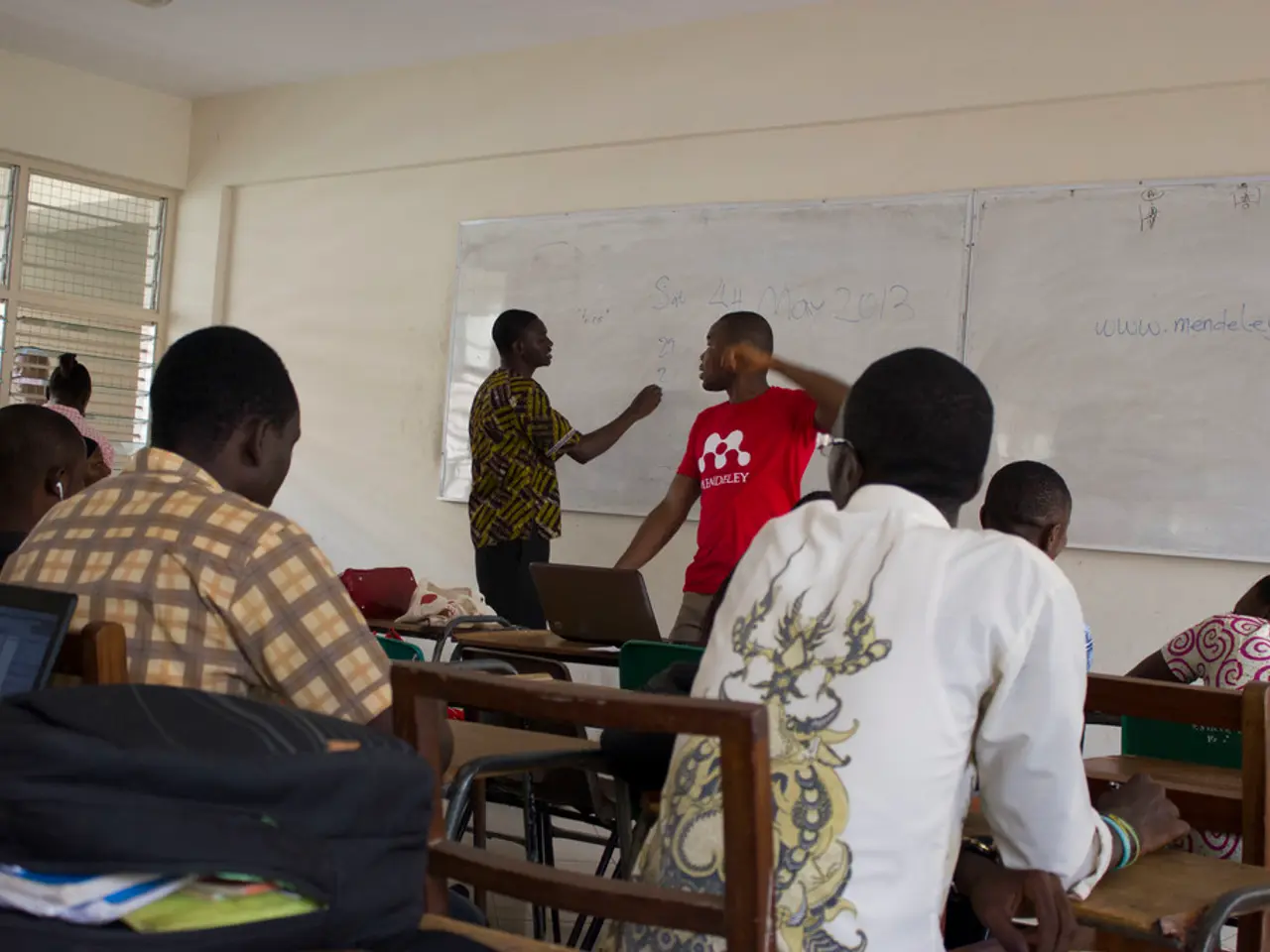Strategies for Instruction in IB Classes [Comprehensive Tutoring Guide for Educators in the Year 2025]
Empowering Lifelong Learners: The International Baccalaureate Approach
The International Baccalaureate (IB) is more than just a curriculum; it is a teaching philosophy that fosters a unique learning experience. At the heart of IB classrooms, core understandings, not every detail, are the focus.
IB emphasises inquiry-based learning, where students are encouraged to ask questions, investigate topics independently, and engage deeply with the subject matter. This approach fosters critical thinking and creativity, making students active participants rather than passive recipients of knowledge.
Conceptual understanding and interdisciplinary teaching are also key strategies. IB encourages grasping "big ideas" and core concepts deeply, rather than rote memorization. Teachers promote connections across different subjects, helping students apply knowledge in varied contexts, thereby strengthening deeper comprehension.
Global contexts and international mindedness are embedded in IB teaching. Lessons relate learning to real-world issues and global challenges, enabling students to apply their knowledge beyond the classroom.
Collaborative learning is integral to IB classrooms. Group work and peer-to-peer learning foster collaboration skills, which are essential for IB’s learner profile. Peer assessments and cooperative tasks promote understanding and social skills.
In Primary Years Program, a transdisciplinary approach is used, where learning units cut across traditional subject boundaries, enabling students to explore themes such as ancient civilizations through multiple disciplinary lenses (e.g., science, history, arts), enhancing holistic understanding and engagement with real-life scenarios.
Most IB schools require a valid teaching license, a relevant subject degree, and experience with inquiry-based or progressive pedagogy. Socratic seminars are used for TOK discussions, and official IB Subject Guides, IB Documents, and websites like InThinking, IBMastery, and RevisionDojo are resources and teaching aids for IB teachers.
IB coordinators, other teachers, and external moderators can be collaborated with for curriculum alignment and assessment support. IB teachers can stay current through Category 2 and 3 workshops that focus on advanced teaching practices, curriculum updates, and leadership.
In Diploma Program, the Theory of Knowledge (TOK) teaches students how to think about thinking, the Extended Essay (EE) is a 4,000-word research paper, and CAS combines service, creative, and physical activities. Internal assessments (IAs) are guided and graded by teachers on research projects, oral presentations, or investigations, following strict rubrics provided by IB.
IB's mission is to develop inquisitive, compassionate, and reflective learners. To manage workload, IB teachers can chunk assignments and rotate feedback. Reflection journals are used for students and teachers alike.
IB offers four programs: PYP (Primary Years Programme), MYP (Middle Years Programme), DP (Diploma Programme), and CP (Career-related Programme). The IB Learner Profile outlines ten traits including open-mindedness, balance, and risk-taking.
Differentiated instruction can be achieved through flexible grouping, scaffolds, and multi-modal materials in IB classrooms. Formative assessment tools like journals, exit tickets, and peer reviews are used. The IB Unit Planner can be used to outline objectives, assessments, activities, and reflections, ensuring alignment with subject guides.
In IB lessons, start with real-world questions, encourage exploration, and allow students to shape their own learning paths. Interactive and reflective learning tools like Padlet, Flip, and Google Docs are used. Every lesson should connect to larger themes like identity, systems, or sustainability.
IB emphasizes interdisciplinary learning, global-mindedness, student-led inquiry, and reflection and metacognition. To stay updated, IB curricula change every 5-7 years, and teachers can stay updated through MyIB and training sessions.
IB teaching communities online, such as IB Educator Facebook groups, MyIB forums, and RevisionDojo’s educator hub, provide a supportive network for IB teachers. Don't be afraid to let students lead the learning; that's where the magic happens. Start TOK and EE early; it saves stress and deepens understanding. And remember, no matter your teaching experience, if you're open to learning and have support from your school, you can teach IB successfully.
In the context of Empowering Lifelong Learners: The International Baccalaureate (IB) Approach, education-and-self-development, learning, and curriculum alignment are intertwined. The curricular focus is on core understandings and global contexts, fostering learning experiences that align with the IB's mission of developing inquisitive, compassionate, and reflective learners. To accomplish this, IB encourages teachers and schools to stay current through continuous professional development, collaborate for curriculum alignment, and utilize various resources and teaching aids.




